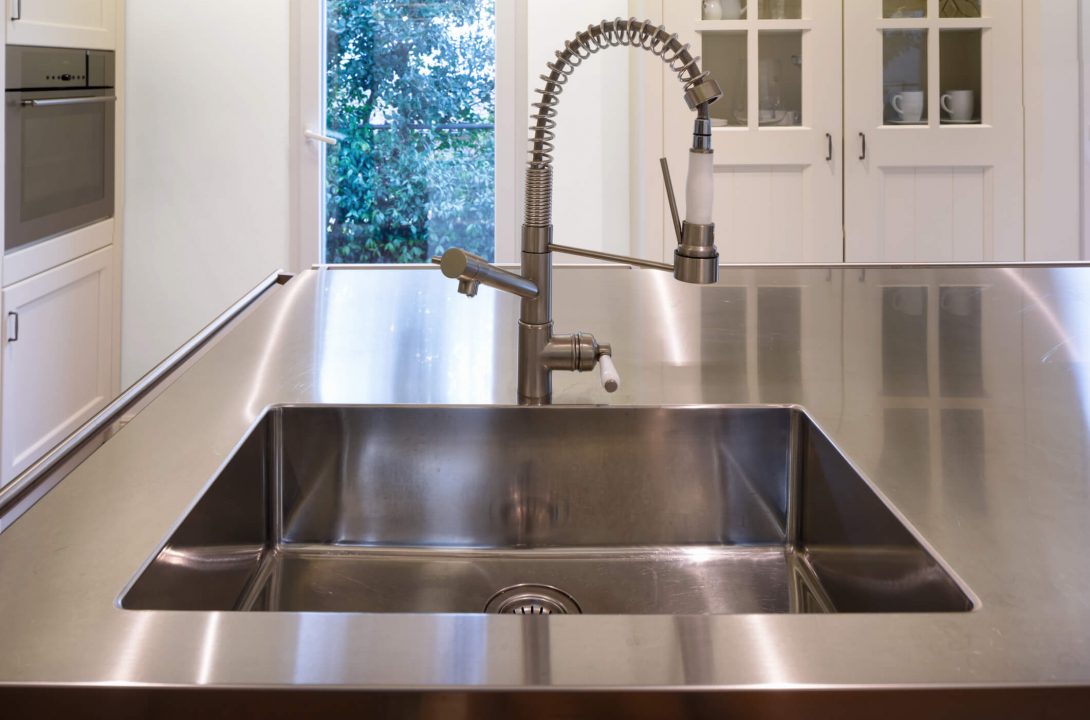
Living on the coast is truly wonderful! However, the opportunity to live near the sea also comes with some drawbacks, including the effects of salt spray. Humid and covered in various chemicals, primarily salts, salt spray is a breeding ground for rust.
One way to prevent rust is to choose materials that are more resistant to corrosion. Therefore, stainless steel is ideal in coastal regions.
Read this article and learn what to do to minimize, or even eliminate, the effects of sea spray and thus increase the useful life of your assets.
A thin, humid mist that occasionally appears over coastal cities, hovering along the coast. This mist is formed by droplets of seawater that rise into the air every time a wave breaks on the shore.
In common rust, water does this job very well. The difference is that, on the beach, the droplets are enriched with salts, which help carry electrons much more easily, speeding up the development of the rust. corrosion.
It is a steel that contains at least 10.5% of chromium, with a balanced chemical arrangement, acquiring superior resistance to corrosion. stainless steel It is an excellent material, very versatile and meets all the needs of coastal cities.
The stainless steel's protective layer (also called the passive layer) is the bond between ambient oxygen and chromium. This bond forms an exceptionally thin, uninterrupted, and highly durable coating that protects the stainless steel surface.
Its main properties are:
Yes, it's the best solution! Materials for coastal regions require special care due to the sea air. stainless steel It is a common steel alloy, with the addition of a layer formed by different amounts of chromium.
The provision of a thin, impermeable, and insoluble layer is responsible for its anti-corrosive properties. For this reason, it's the best choice for finishing. The most recommended commercial steel for coastal areas is 304 stainless steel, which offers high corrosion resistance and a reasonable price.
Below are some examples of the applicability of stainless steel.
THE passive layer During corrosion, it is responsible for ensuring that stainless steel remains durable and usable. It is a protective film that gives the steel its stainless properties. Furthermore, it has a self-healing capacity.
Therefore, when the surface is scratched, for example, the passive layer reestablishes itself almost immediately. This is due to the presence of chromium, which continues to react with the oxygen present in the air. However, the passive layer of stainless steel is imperceptible, extremely thin, and bonded to the stainless steel.
The quality of life in coastal cities is undeniable, but sea spray is a real problem. Therefore, the use of stainless steel in coastal regions is the best solution to avoid damage caused by corrosion.
If you want to know more benefits of this material, then discover 5 advantages of stainless steel. Check it out!